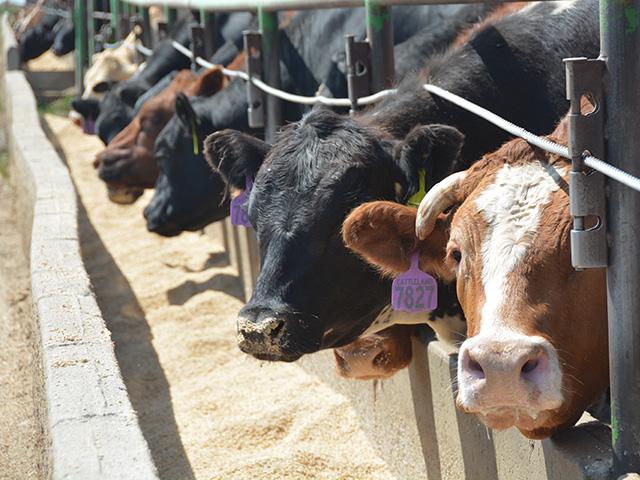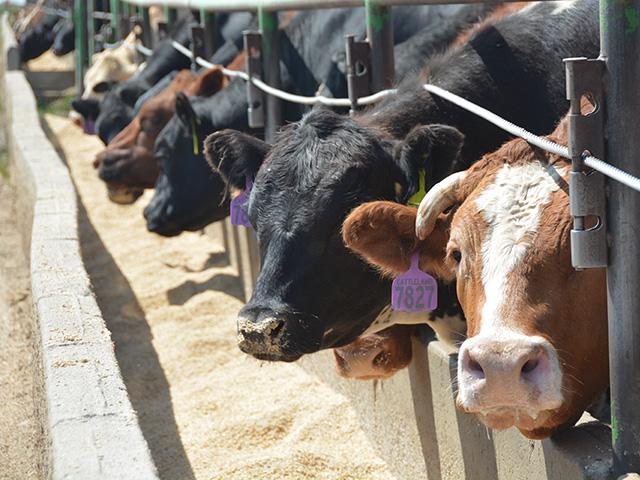Sort & Cull
Packers Cut Processing Speeds to Try to Slow Down the Cash Market
The battle between packers and feedlots has been one worth noting and watching during the last two months as each week has been a coin toss on who would win that specific week's cash war.
Feedlots can opt to use a couple different marketing strategies if packers aren't paying the prices they believe are necessary. But it's the packers who hold the biggest bag of tricks to play as they buy and sell on both sides of the market.
P[L1] D[0x0] M[300x250] OOP[F] ADUNIT[] T[]
Last week's estimated weekly slaughter was somewhat unnerving as it triggers a whole new set of questions. With the week's slaughter only estimated at 603,000 head, feedlots immediately begin to wonder how long packers intend to keep processing speeds at this rate. Friday's World Agricultural Supply and Demand Estimates (WASDE) report did share that beef production in 2023 was decreased by 180 million pounds from last month's report as fed steer and heifer slaughter speeds have been reduced recently. But cow slaughter speeds remain relatively high and are projected to stay high well through the first quarter of 2024.
Thankfully, feedlots are current right now and overbearing showlists aren't an immediate threat. But whenever processing speeds are reduced, the question of whether feedlots could lose that current state doesn't linger far behind.
Reducing slaughter speeds also affects the flow of beef to consumers as retailers will have less product available to them. Given where beef prices currently sit -- Aug. 11 choice cuts closed at $302.61 and select cuts closed at $277.23 -- it's fair to wonder how much more consumers would be willing to pay for beef as their dollar doesn't go as far as it did just a few short years ago.
Nevertheless, both traders, packers, feedlots and cattlemen will have plenty to sort through in the weeks ahead. Continuing to monitor processing speeds and beef demand, however, remains a top priority when trying to gage if the cash market will be able to maintain these prices.
ShayLe Stewart can be reached at ShayLe.Stewart@dtn.com
(c) Copyright 2023 DTN, LLC. All rights reserved.






Comments
To comment, please Log In or Join our Community .